Battle of Britain The Movie: The Men and Machines of one of the Greatest War Films Ever Made
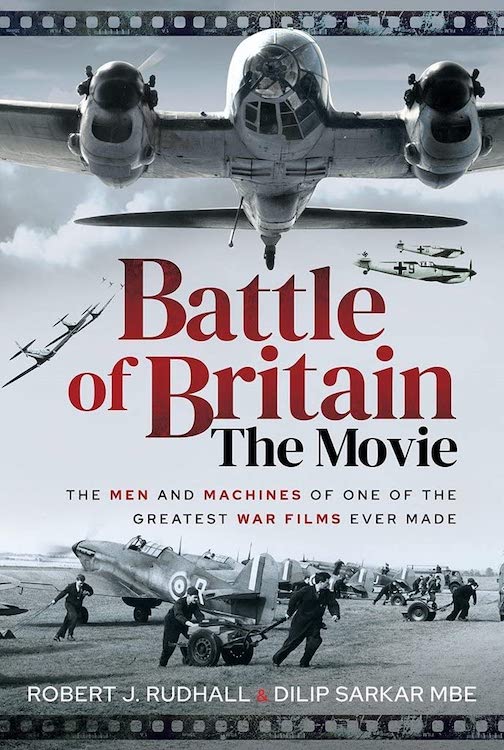 by Robert J. Rudhall & Dilip Sarkar
by Robert J. Rudhall & Dilip Sarkar
“For historians, the matter of history on film is often difficult and emotive. Translating the ‘big story’ to a couple of hours of cinema time, however, is a far from easy or straightforward task for film-makers—and the Battle of Britain, the high point of national consciousness and a multi-phased aerial conflict lasting sixteen weeks, is a big story indeed. Undertaking such a task is a huge responsibility, to be sure, because countless people learn their ‘history’ from popular culture and mass media.”
That the actual battle counts among “one of the most crucial periods of history” is not up for debate—but the merits of the movie have been. There is a lot to unpack in that one small excerpt above, lifted from the last chapter (which, incidentally, are called “reels” in a nod to the movie context) of the book and written by Dilip Sarkar. An author makes a conscious choice as to how to set up his book, how to sequence the contents for maximum impact and clarity. It is, then, with some trepidation that we suggest reading that last chapter first, because titled “The Big and ‘Fantastic’ Story: the Battle of Britain in Context” it delineates the stakes and also the lines of inquiry this book pursues. Piles of books have been written about “the greatest aviation war film ever made” and have put everything under the magnifying glass, from box office results to historical fidelity to, obviously, the flying apparatus that made the movie such a spectacle for aviation buffs (even if movie critics remained mostly unmoved). It certainly fielded the largest number of aircraft, thought to constitute “the 35th largest air force in the world” at the time of its making, 1969.
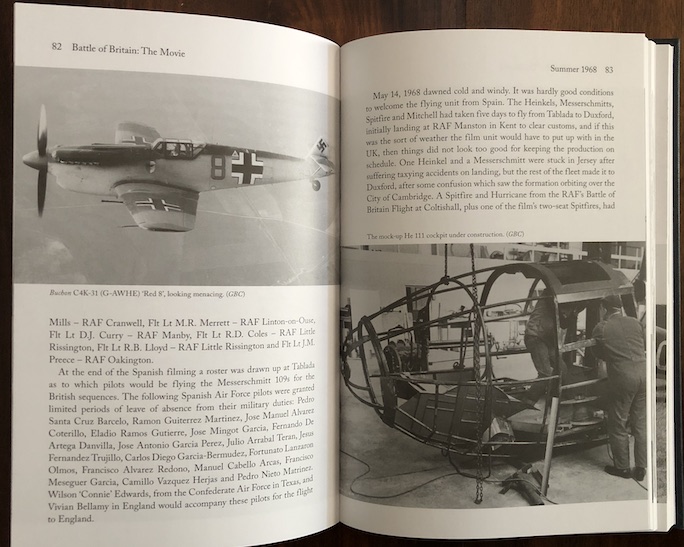
Top left: A Messerschmitt 109? Nope, a leftover Buchon of Spanish Civil War vintage. It has to be remembered that the 1960s represented a low point in Spanish-Anglo relations (over the ownership of Gibraltar) so getting the Spanish Air Force to furnish so many of the airworthy aircraft along with some pilots was an enormous feat. Interestingly, the British government picked up the cost for repainting.
Author Rudhall meant for his book to be a tribute to the film, not least because he pegs it as the catalyst “that ignited the modern warbird movement.” Therefore, a good deal of the book deals with the hardware i.e. the nuts and bolts of how the aircraft were located, procured, brought up to flying condition, modified to represent the actual marks and variants flown in the battle, and how they were operated, along with the legal and financial hurdles such an undertaking comes up against. Another distinguishing aspect of the book is its focus on the movie locations, a topic of surprising complexity.
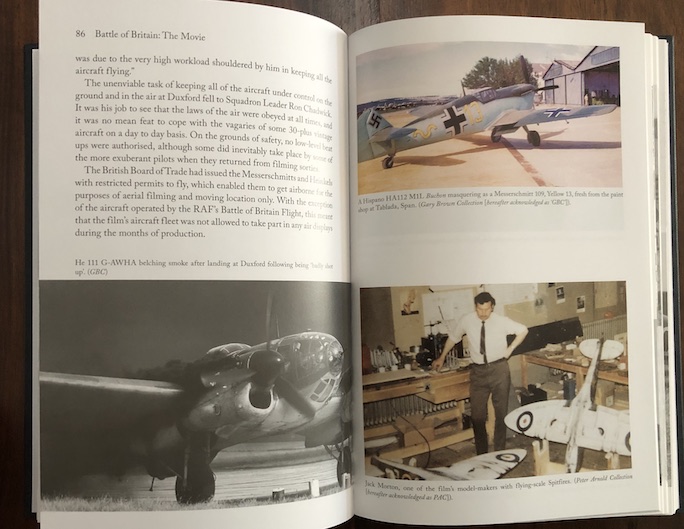
That Rudhall answered questions other books had not tackled is evidenced by the fact that the first edition of the book came out over twenty years ago, 2020, and has remained sought after ever since. Even this new 2023 edition went into a second printing within months. Rudhall had died in 2003 so it fell to Sarkar to preside over a new, expanded edition that is presented as “a new reading of the film.” Sarkar’s own list of archly competent military books since his first one in 1990 numbers several dozen and it was in fact his own publishing house, Ramrod Publications founded in 1992, to which Rudhall had brought his manuscript after being turned down by others.
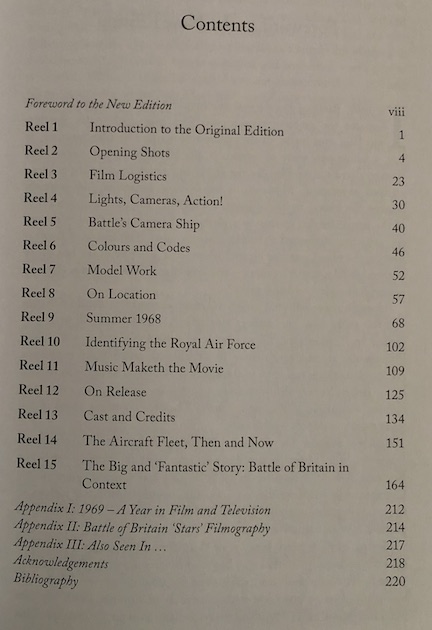 Rudhall/Sarkar are not concerned over film critics being lukewarm about the movie or that the beancounters were pulling their hair over the cost. They want to show the reader how this specific movie fit into the specific time it was made—moon landing, first flight of Concorde, previous war films etc. It was the first to cover the battle in its entirety and from different perspectives, along the lines of The Longest Day (1962) that had dealt with D-Day. A significant number of key BoB participants, even on the German side such as Luftwaffe General Adolf Galland, were able and willing consultants on the film and present on set. Quotes and interviews enrich the story told here, and a great selection of photos cover everything relevant, from the actors and action to the vintage aircraft to the airfields, even the merchandise that accompanied the film’s release and also the musical score. Of note, a 1969 book about the making of the movie was sold in theaters at the time, Leonard Mosley’s aptly titled Battle of Britain, the Making of a Film. If anything, it is surprising how a book so seemingly similar to Rudhall’s left so much unsaid.
Rudhall/Sarkar are not concerned over film critics being lukewarm about the movie or that the beancounters were pulling their hair over the cost. They want to show the reader how this specific movie fit into the specific time it was made—moon landing, first flight of Concorde, previous war films etc. It was the first to cover the battle in its entirety and from different perspectives, along the lines of The Longest Day (1962) that had dealt with D-Day. A significant number of key BoB participants, even on the German side such as Luftwaffe General Adolf Galland, were able and willing consultants on the film and present on set. Quotes and interviews enrich the story told here, and a great selection of photos cover everything relevant, from the actors and action to the vintage aircraft to the airfields, even the merchandise that accompanied the film’s release and also the musical score. Of note, a 1969 book about the making of the movie was sold in theaters at the time, Leonard Mosley’s aptly titled Battle of Britain, the Making of a Film. If anything, it is surprising how a book so seemingly similar to Rudhall’s left so much unsaid.
Kit modelers on the hunt for fresh ideas will appreciate that the differences in aircraft specs and appearance are discussed in such detail. Example: the Spanish-sourced Heinkel bombers had Merlin engines instead of the original Junkers Jumos so they had different exhaust stacks. Likewise, wing or rudder shapes of the more modern later marks that were available to the moviemakers no longer matched the early marks. You’d have to be quite the aircraft geek to spot such minutia unaided.
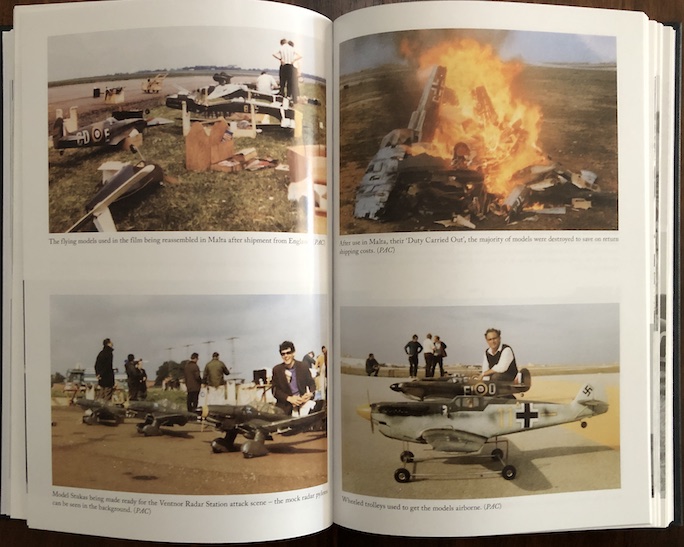
Most of these models were destroyed after use on Malta to save return shipping costs to England.
It is a hallmark of this publisher that most of their books are physically small but pack an enormous punch. Equally typical: color photos are bundled into a stand-alone section; there is no Index.
Copyright 2024, Sabu Advani (speedreaders.info).


 RSS Feed - Comments
RSS Feed - Comments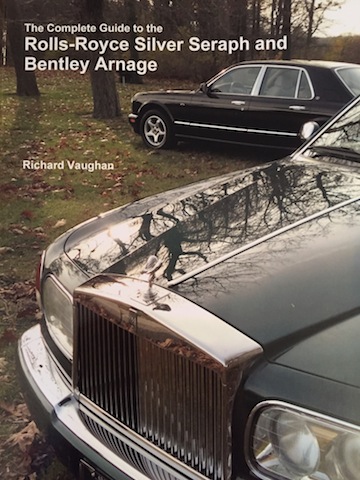
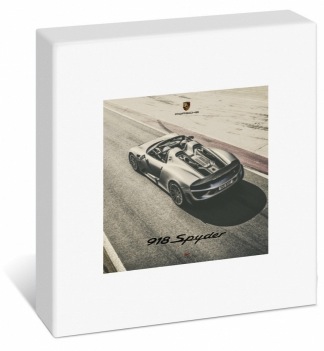
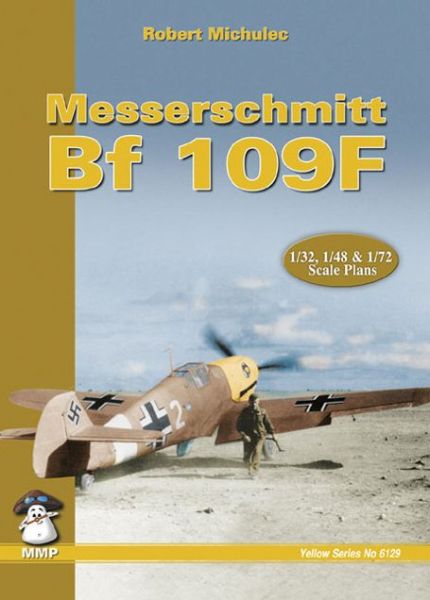
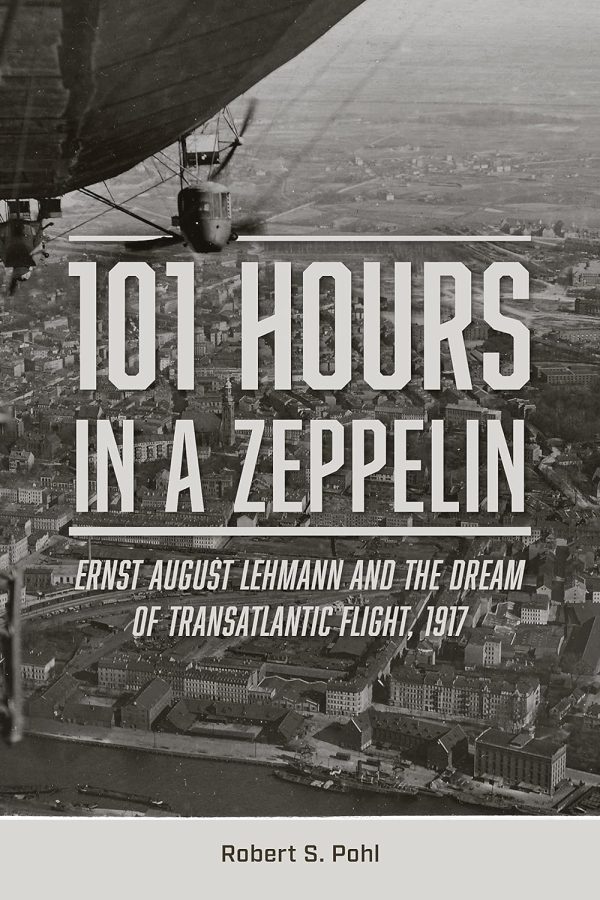
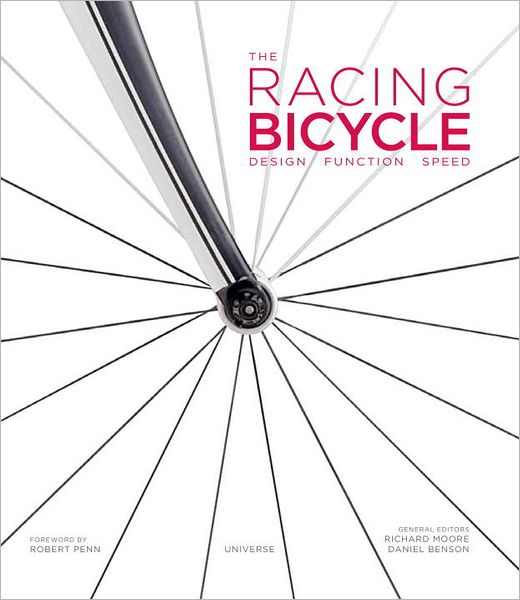
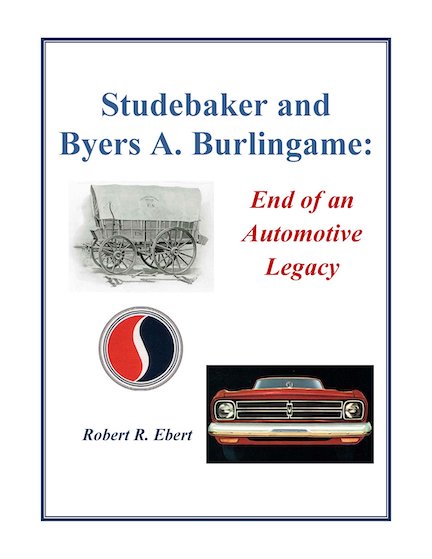
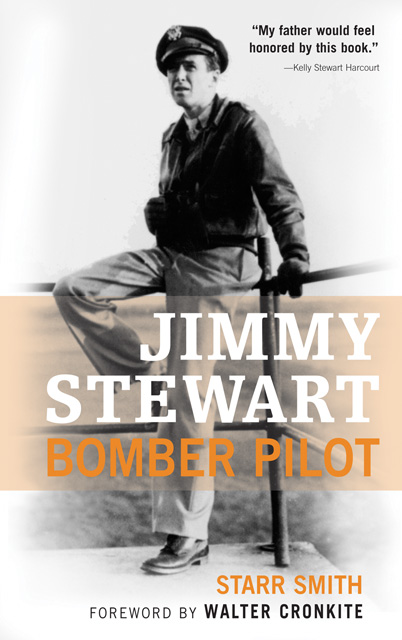
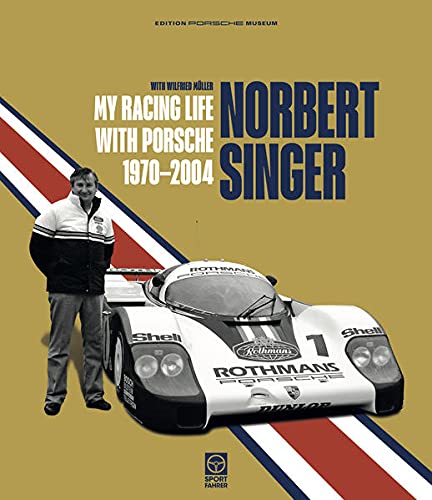
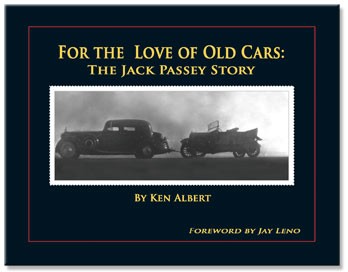
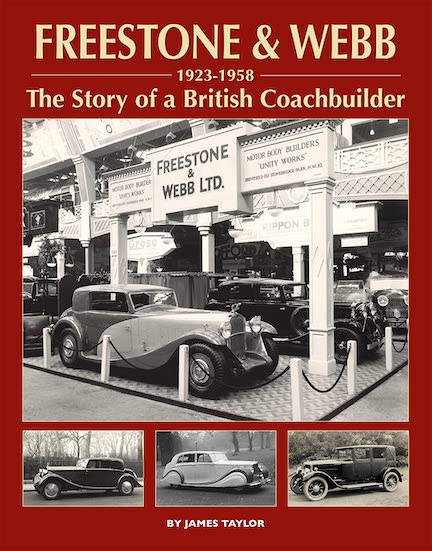
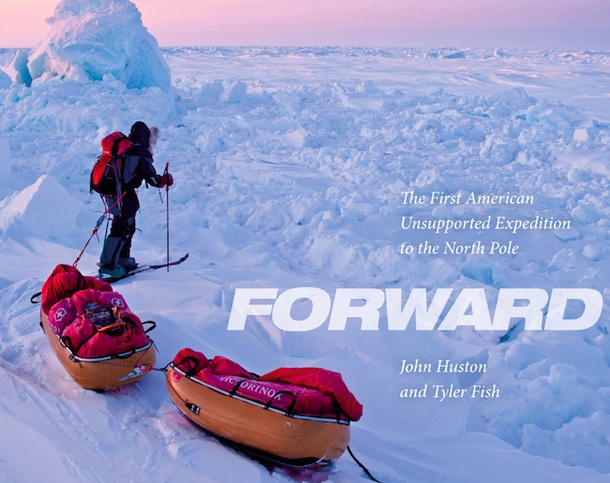
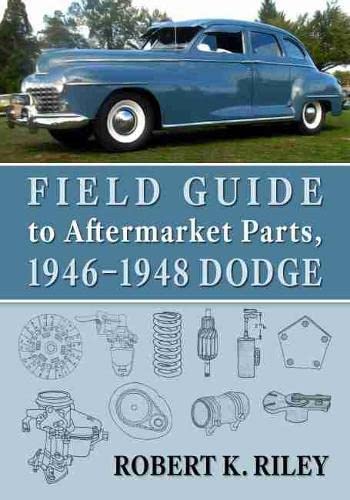
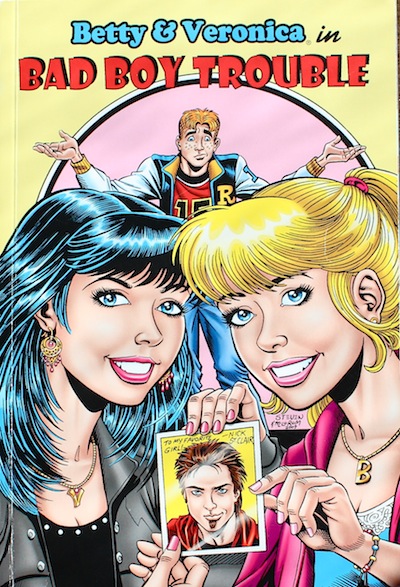
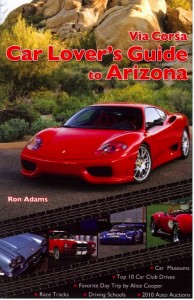

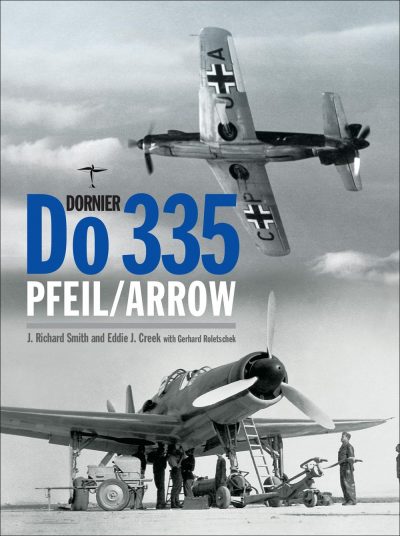
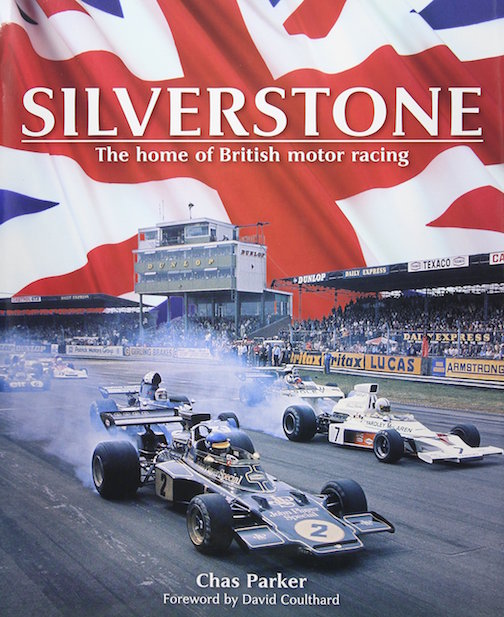
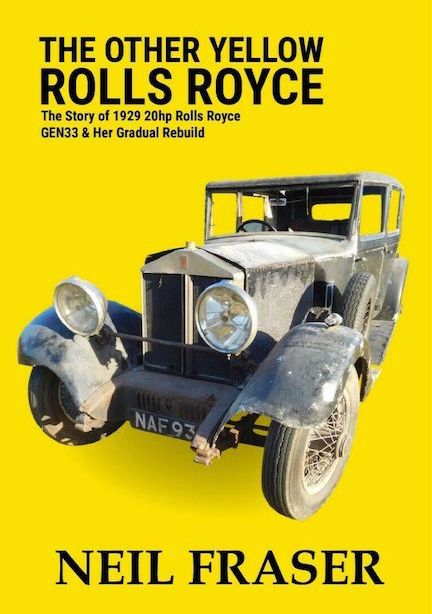
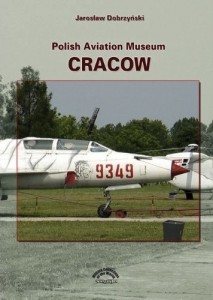

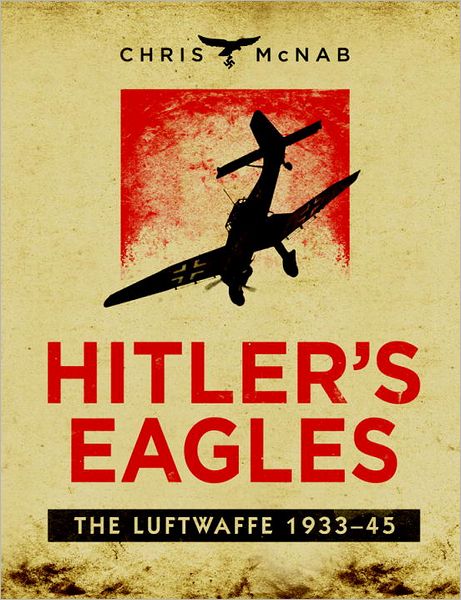
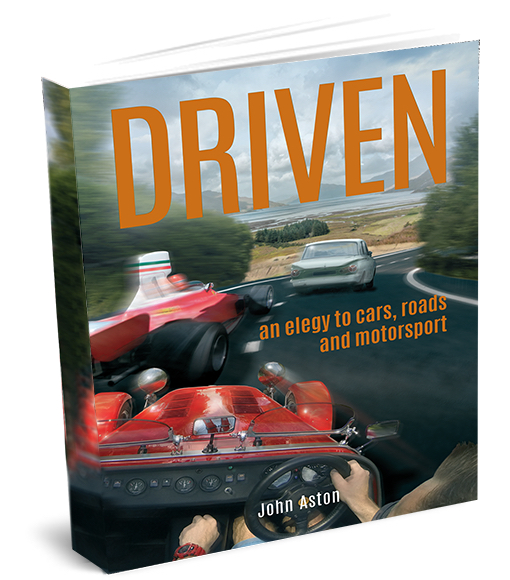
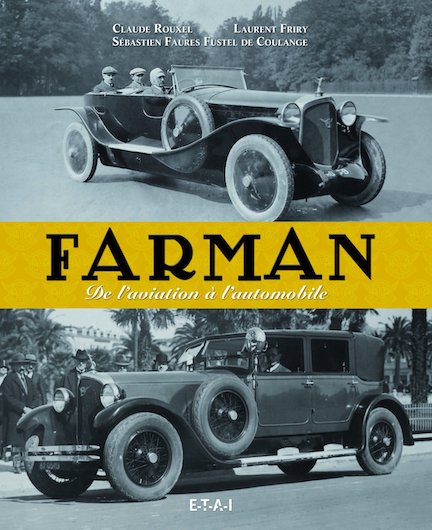
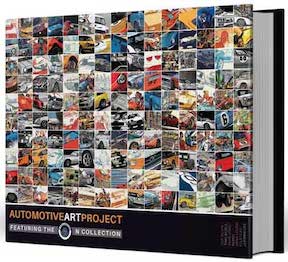

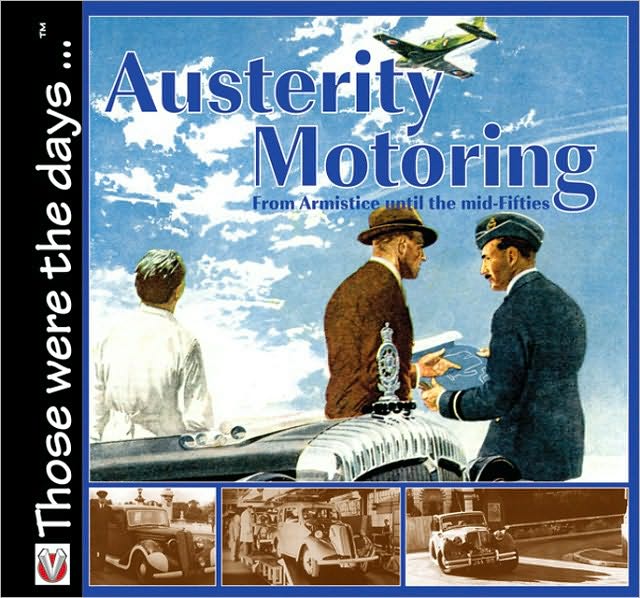
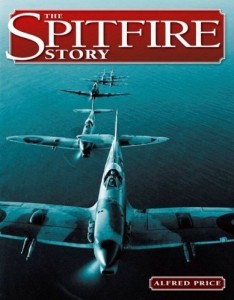
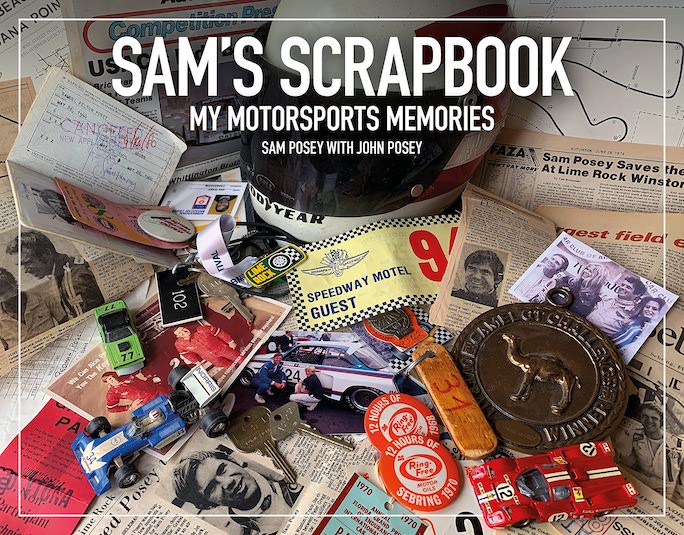
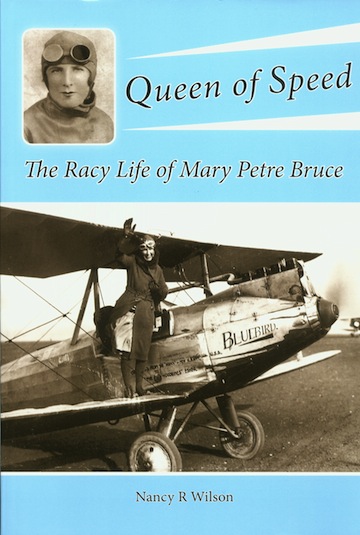
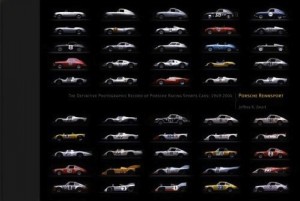
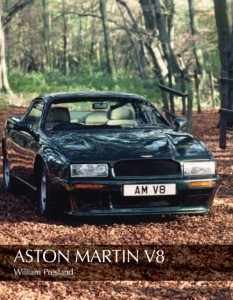
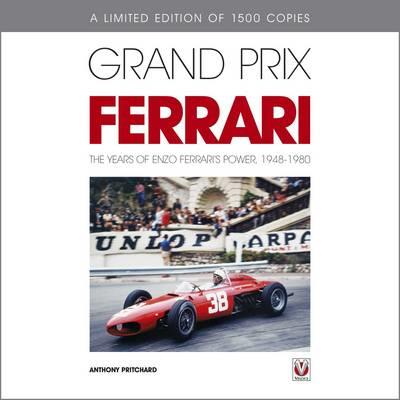
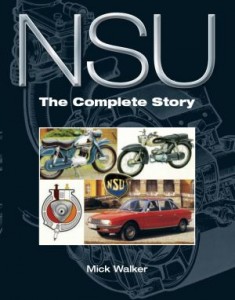
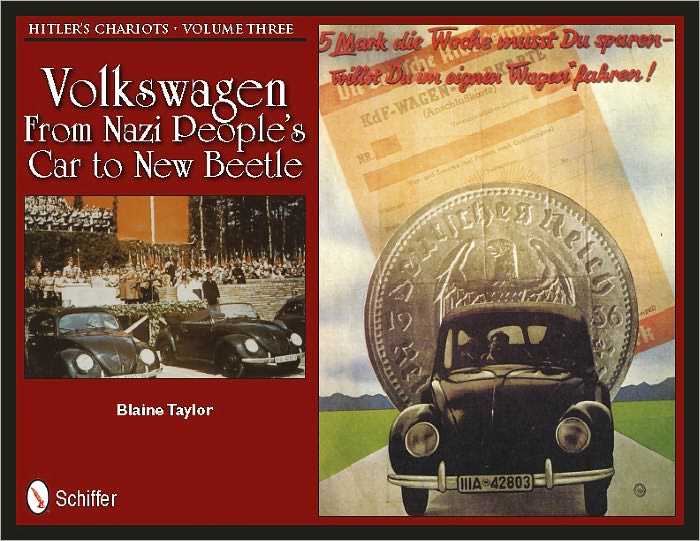
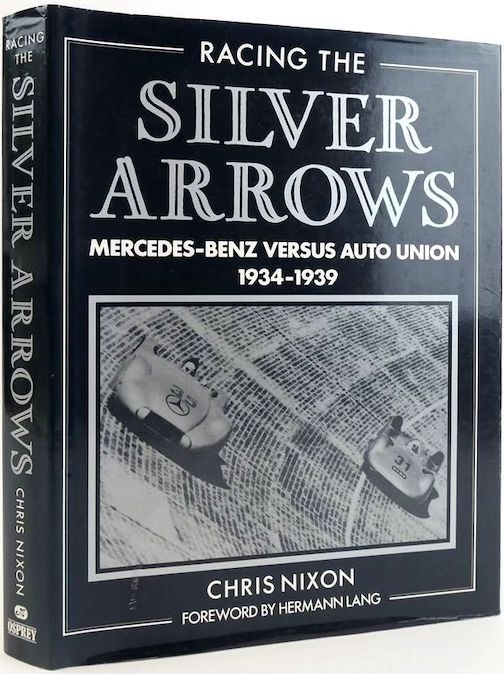
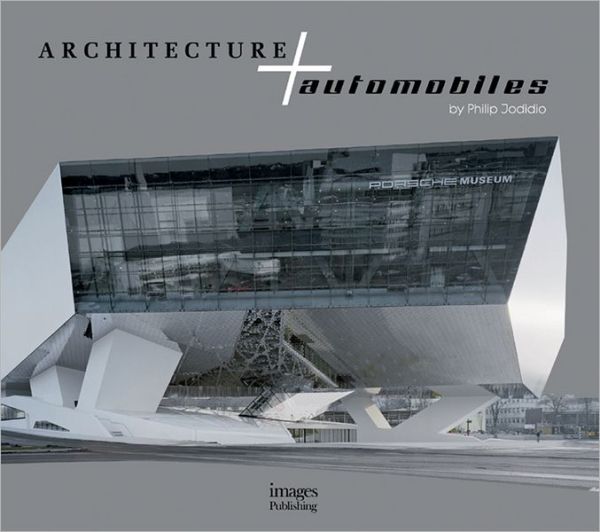
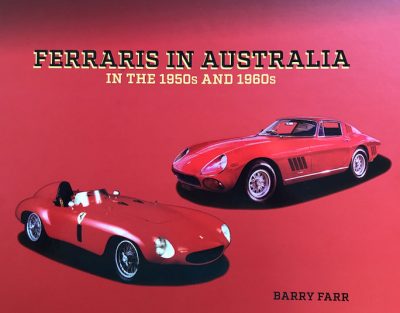
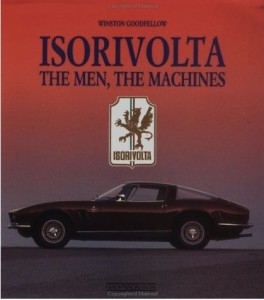
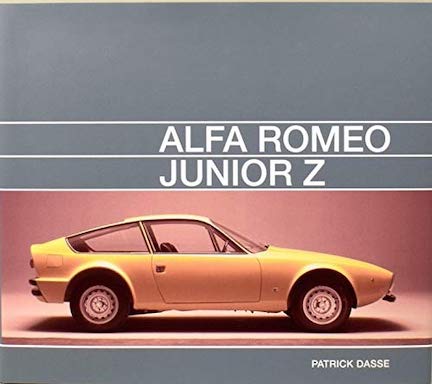
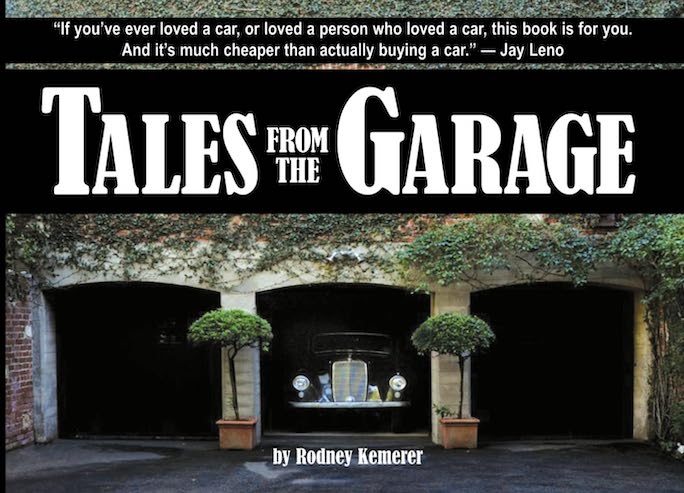
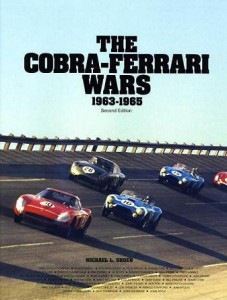

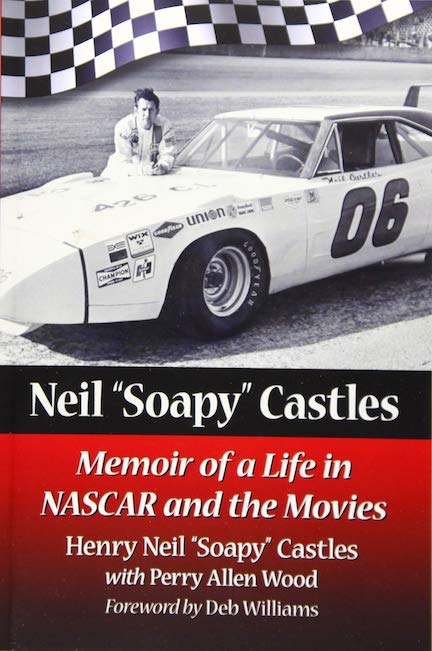
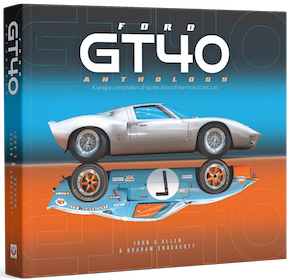
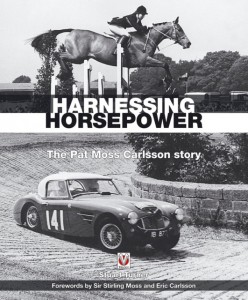
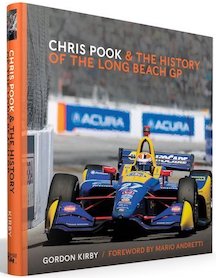
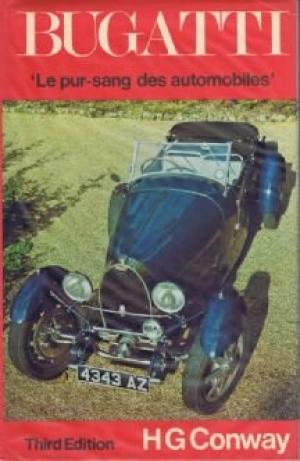
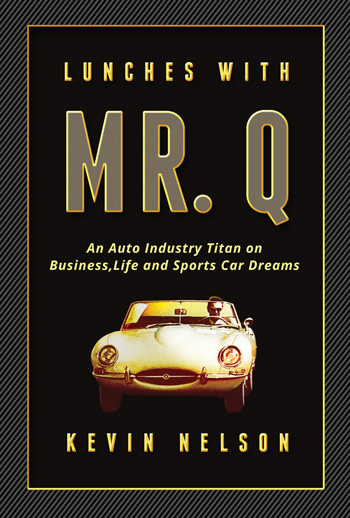
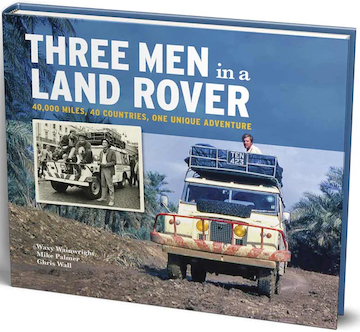
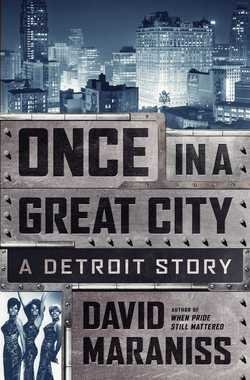
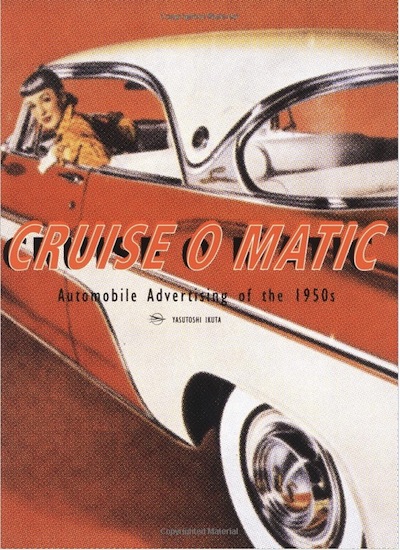
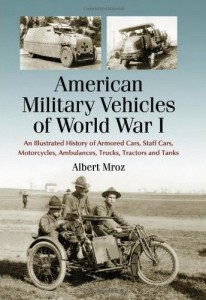
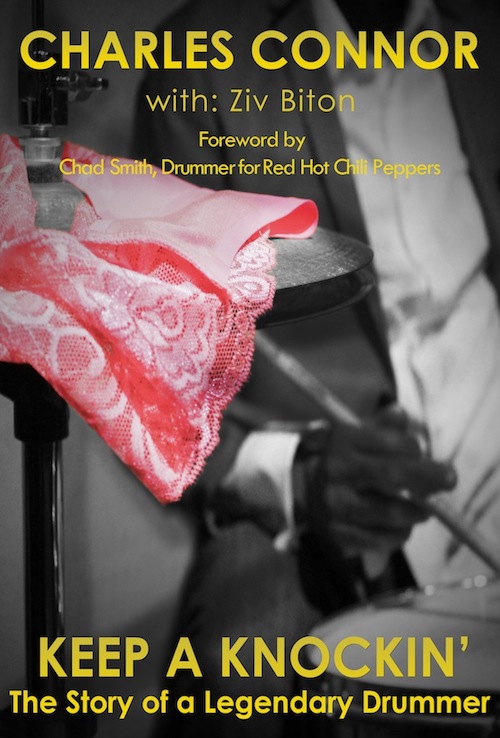
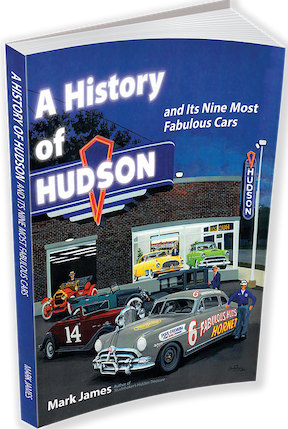
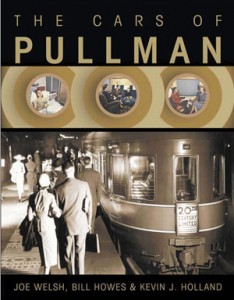
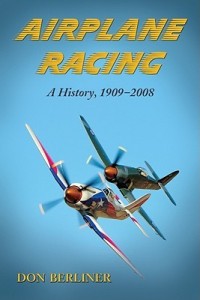
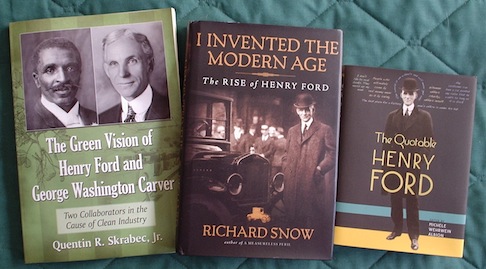
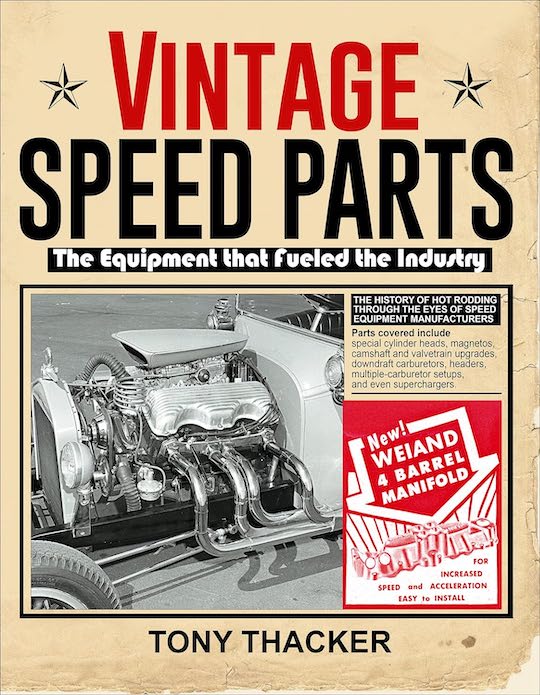
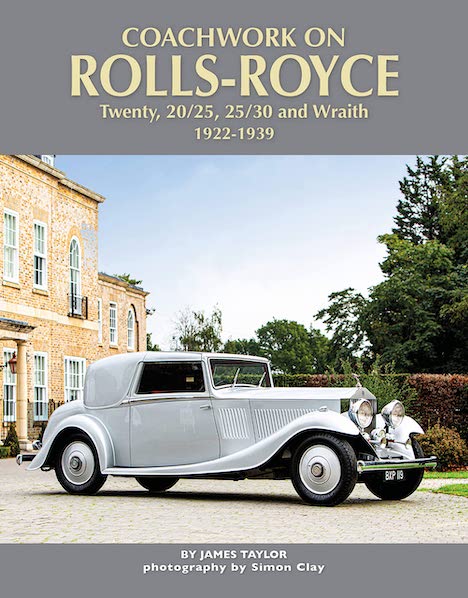
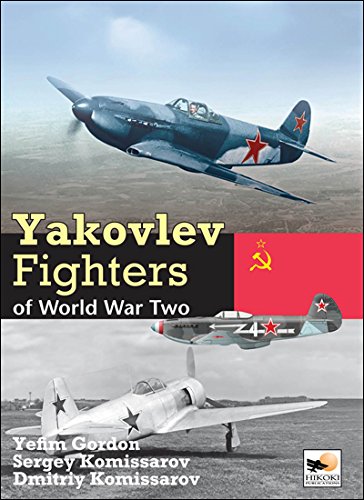
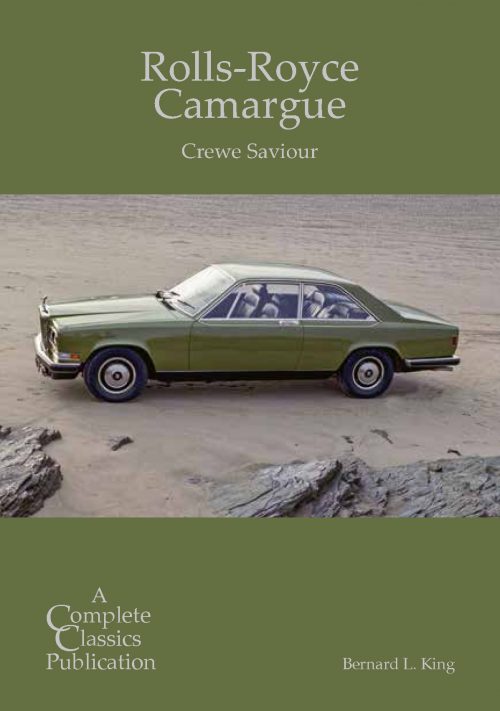
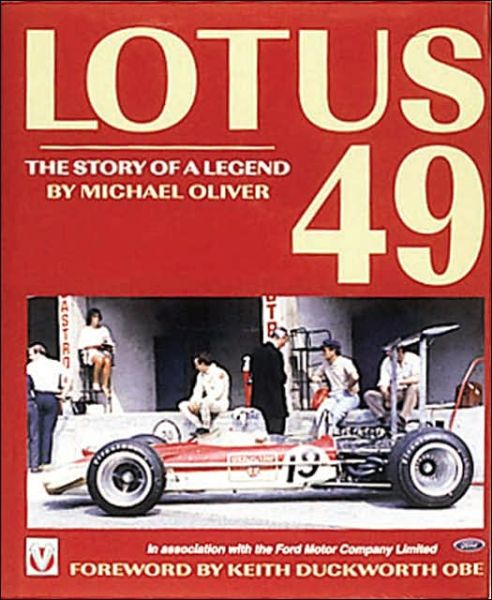
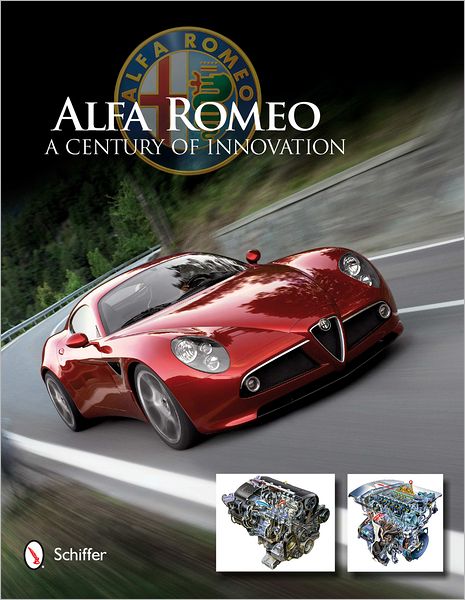
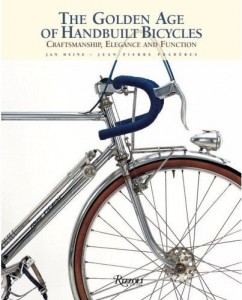
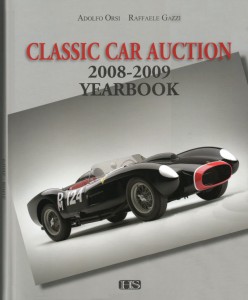
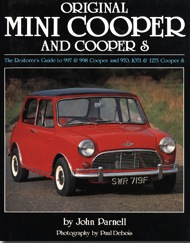
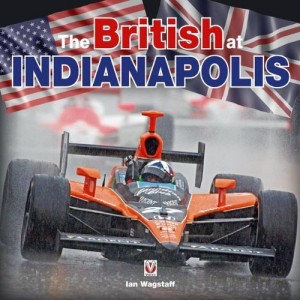
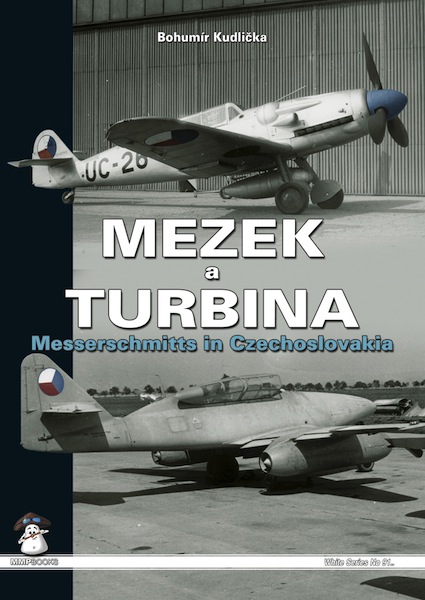
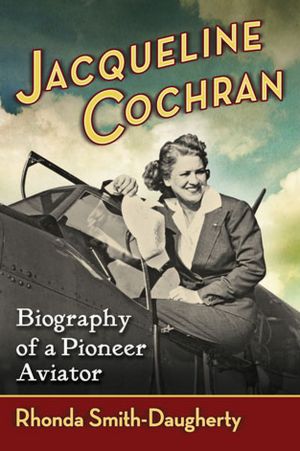

 Phone / Mail / Email
Phone / Mail / Email RSS Feed
RSS Feed Facebook
Facebook Twitter
Twitter
I think I’ve watched this film half a dozen times. A couple of years ago Ridley Scott was said to be planning his own version and he said it would be “a work of passion.” Apparently it isn’t going to happen.